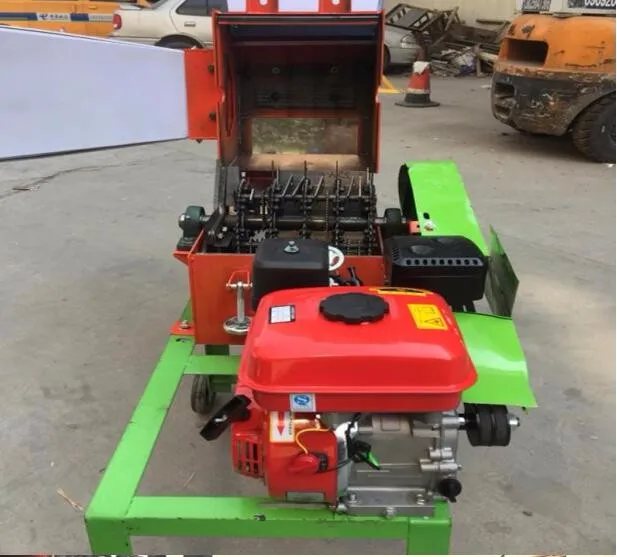Innovative Extruder Technology for High-Quality Floating Fish Feed Production
Oct . 10, 2024 20:47 Back to list
Innovative Extruder Technology for High-Quality Floating Fish Feed Production
Floating Fish Feed Extruder Revolutionizing Aquaculture
The aquaculture industry has experienced significant advancements over the past few decades, largely due to the rising global demand for fish and seafood. Central to this evolution is the floating fish feed extruder, a technological innovation that has transformed the way fish feed is produced and consumed.
A floating fish feed extruder is a sophisticated machine designed to manufacture high-quality fish feed pellets that float on the surface of the water. This is crucial for the farming of species such as tilapia, catfish, and trout, which thrive when feed is easily accessible at the water's surface. The extruder works through a process known as extrusion, where raw materials are mixed, cooked, and shaped into pellets through a combination of heat, pressure, and mechanical force.
One of the key benefits of using a floating fish feed extruder is the ability to optimize feed efficiency. The extruder allows for precise control over the moisture content and density of the pellets. As a result, the pellets not only float but also maintain their shape and integrity over time, making them less prone to disintegration in water. This is particularly important for farmers, as it minimizes feed waste and maximizes nutrient absorption by the fish. Studies have shown that the right feed formulation can lead to improved growth rates and healthier fish, directly impacting the profitability of aquaculture operations.
Moreover, the floating fish feed produced by these extruders can be tailored to meet the specific nutritional needs of various fish species. By adjusting the formulation and ingredients, manufacturers can create specialized feeds that enhance growth, boost immunity, and improve overall fish health. This customization is essential for successful aquaculture practices, as different species have unique dietary requirements.
floating fish feed extruder

In addition to its practical advantages, the floating fish feed extruder represents a step forward in sustainability. By producing floating pellets, the aquaculture industry can reduce the reliance on traditional feed manufacturing methods that often produce sinking pellets. Sinking pellets can lead to overfeeding and water pollution as uneaten feed settles at the bottom of fishponds or tanks. Floating feed reduces the chances of this waste, promoting a more environmentally friendly approach to fish farming.
Furthermore, advancements in technology have led to the development of energy-efficient extruders that lower the carbon footprint associated with fish feed production. Modern extruders are designed to maximize output while minimizing energy consumption, making them a smart choice for both economic and environmental reasons.
As the global aquaculture industry continues to expand, the floating fish feed extruder will play a pivotal role in meeting the increasing demand for fish while promoting sustainable practices. By providing efficient, high-quality feed tailored to the needs of different fish species, this technology not only enhances fish farming operations but also contributes to the overall health of aquatic ecosystems.
In conclusion, the floating fish feed extruder is a game-changer for aquaculture, offering multiple benefits such as improved feed efficiency, customization of nutritional content, and sustainability. As aquaculture practices evolve, the reliance on innovative technologies like the floating fish feed extruder will be essential in ensuring food security and environmental stewardship in the coming years.
-
Automatic Feeding Line System-Pan Feeder Nipple Drinker|Anping County Yize Metal Products Co., Ltd.
NewsJul.29,2025
-
Hot Sale 24 & 18 Door Rabbit Cages - Premium Breeding Solutions
NewsJul.25,2025
-
Automatic Feeding Line System Pan Feeder Nipple Drinker - Anping County Yize Metal Products Co., Ltd.
NewsJul.21,2025
-
Automatic Feeding Line System Pan Feeder Nipple Drinker - Anping County Yize Metal Products Co., Ltd.
NewsJul.21,2025
-
Automatic Feeding Line System - Anping Yize | Precision & Nipple
NewsJul.21,2025
-
Automatic Feeding Line System - Anping Yize | Precision & Nipple
NewsJul.21,2025






